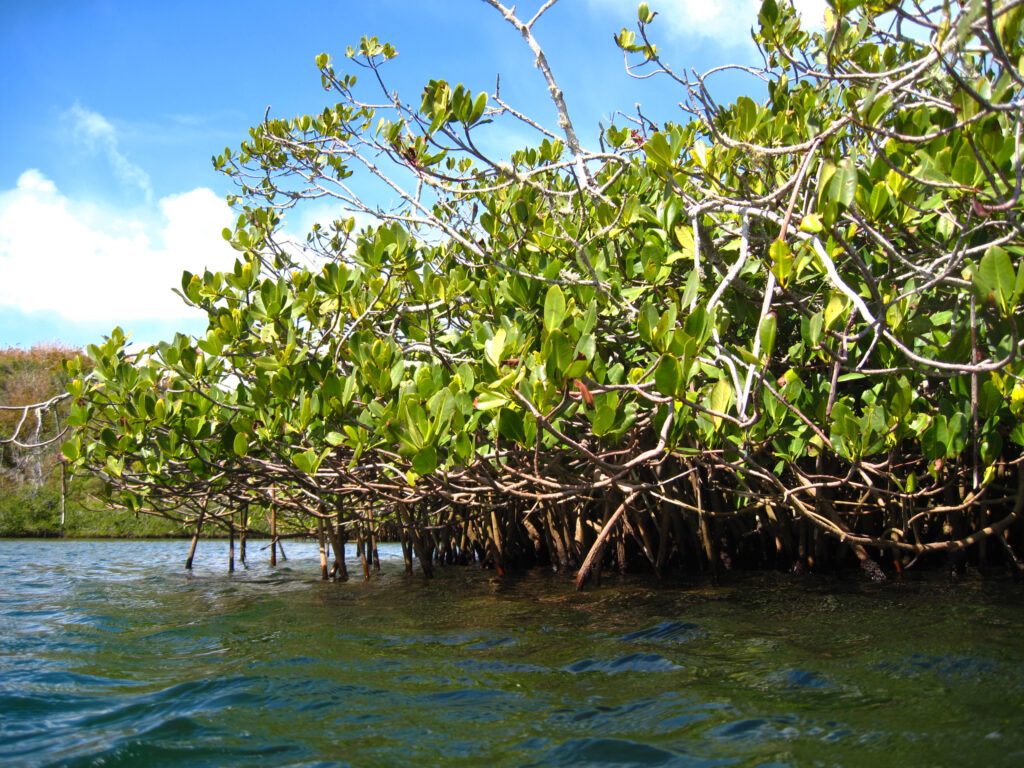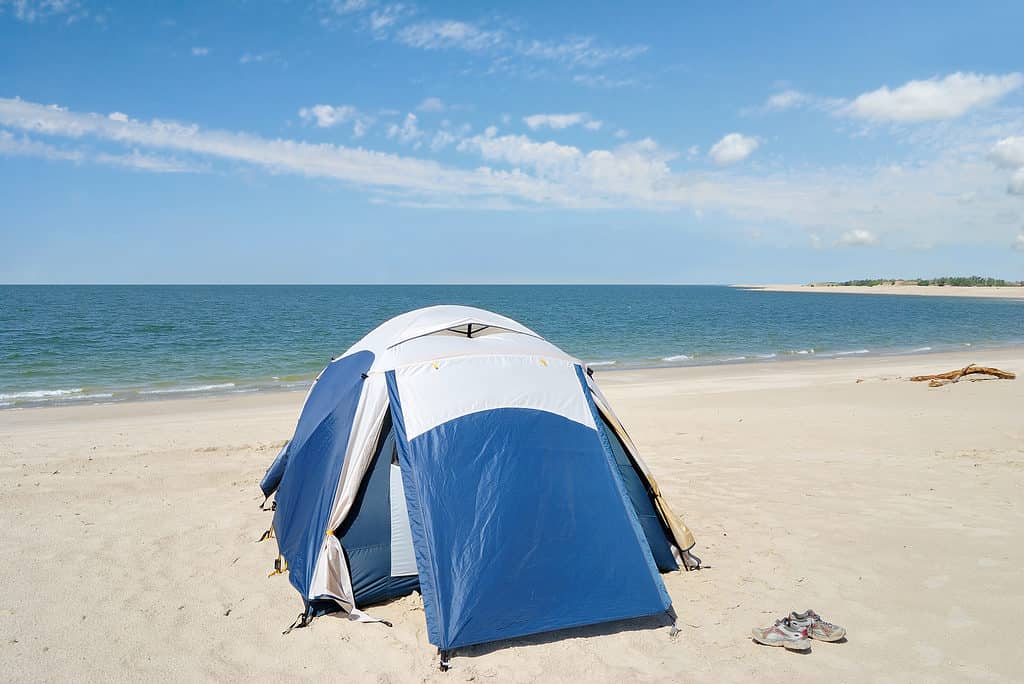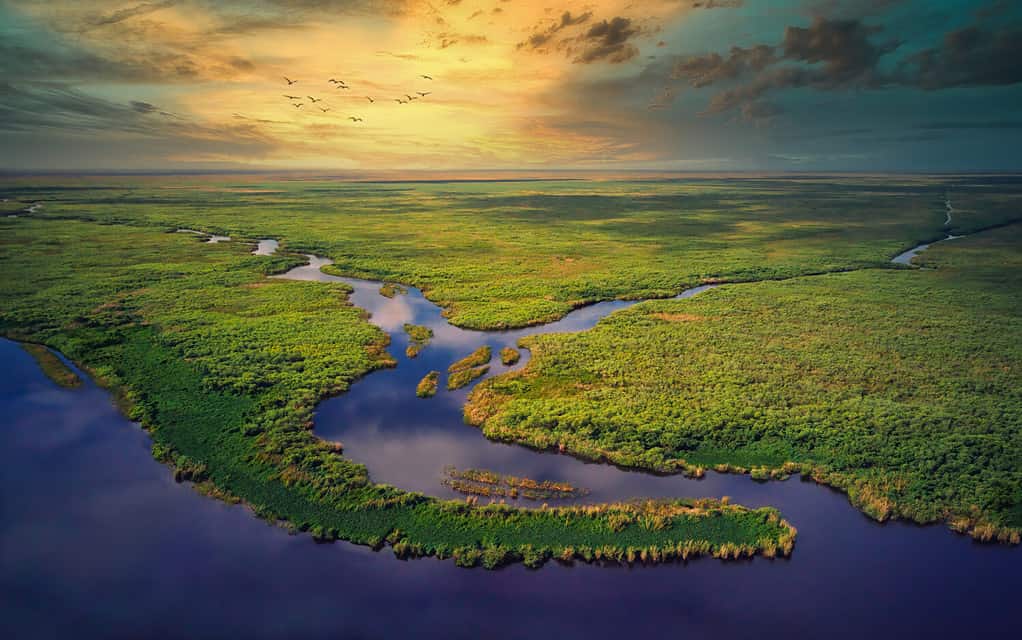Discover the 3 Most Remote Spots in Florida And How to Safely Get There
If you’re an adventure seeker, you’ve likely considered visiting some of the most remote spots in Florida. Some call Florida the “Australia of the United States” because it’s home to wildlife like alligators, sea turtles, panthers, and many others.
Discover the three most remote spots in Florida where you can leave civilization behind and experience the wilderness. Although it may be challenging to get to these places, the struggle is well worth it.
You can do so much in these areas, including camping, kayaking, and wildlife watching. It’s sure to be a remarkable trip that you’ll never forget.
The Ten Thousand Islands

©Sean Lema/Shutterstock.com
The most remote spot in Florida is inside the Marjorie Stoneman Douglas Wilderness Area of the Everglades National Park. This remote location is named the Ten Thousand Islands National Wildlife Refuge. It sits off of Florida’s southwest coast.
The wildlife refuge is part of an extensive mangrove forest — inside the largest mangrove forest in North America. Two-thirds of the entire refuge comprises mangrove forest. The other third contains interspersed ponds and brackish marsh, among others.
The islands can be found in South Immokalee, Florida, at the coordinates of 25°51’31″N 81°28’54″W.
Visiting the Ten Thousand Islands
While the refuge’s main goal is conservation, it is also a huge spot for recreation.
Most of the park comprises mangrove forests, marshes, and other watery territory. It is a tangle of intricate channels that make visiting hard.
Much of the park can only be seen by boat. There are numerous “Canoe” trails for visitors to visit the park by water. Tourists can also explore the park on the many hiking and biking trails.
Other activities include hunting, fishing, wildlife watching, birding, and camping.
Consider kayaking to Sandfly Island. There is a five-mile-long kayak trail that takes about two to three hours.
Or, kayak 15 miles through the main channel of the Gulf of Mexico from Everglades City.
For those who are fit and have lots of time to spare, consider kayaking the 99-mile Wilderness Waterway. You’ll trek from Everglades City to Flamingo and Cape Sable — a week-long adventure. At night, you’ll camp on near-deserted beaches, islands, or raised platforms called “chickees.”
Always remember, getting lost in the remote Ten Thousand Islands is easy. ALWAYS have NOAA navigation charts that are up-to-date and use tide tables. Have a complete understanding of what you’re getting yourself into before going.
What to See in the Ten Thousand Islands
The Ten Thousand Islands is famous for its host of wildlife. The park sees all kinds of creatures, like cuckoos, black-whiskered vireos, loggerhead sea turtles, and manatees.
Cayo Costa State Park

©Steve Schwettman/Shutterstock.com
You can also visit the isolated island of Cayo Costa State Park. The State Park is a barrier island; guests can only get there by ferry or charter boat.
The island sits north of Captiva Island. It was likely home to Native Americans for over 4,000 years before Europeans came to Florida.
The island coordinates are 26°40’34″N 82°14’58″W.
Many choose to visit the island for a few hours to take in the sites. Others stay there for days, camping in tents or cabins to really get a feeling for the island.
If you plan to visit the island, keep in mind that there is no running water or electricity. The only bathroom is shared among campers.
Fall and winter are the best times to visit Cayo Costa State Park, as the heat and bugs are intense.
The heat, bugs, and lack of electricity and running water mean that few people come to the island. The cost of taking a boat to the island keeps many others at bay, though it’s much more affordable if you have your own boat.
Although camping in Cayo Costa State Park can be rough, many say it’s worth it.
If you stay on the island, you’re not likely to run into many other people. What could be better than basically having your own private beach for a time?
Cayo Costa State Park is the perfect place to experience 9 miles of beautiful, empty beaches and lots of wildlife.
Here are some fun things to do on the island:
- Boating
- Surf fishing (you may need a fishing license)
- Paddling
- Scuba diving
- Shelling
- Snorkeling
- Swimming
- Wildlife viewing
The Everglades

©ocudrone/Shutterstock.com
The southern part of Ten Thousand Islands is part of the Everglades. The rest of the Everglades is less remote than Ten Thousand Islands but is still remote nonetheless.
The Everglades is a World Heritage Site and is the “largest subtropical wilderness in the United States.”
The National Park is an expansive 1.5 million acres, but the entire Everglades spans 3 million acres. The Everglades ecosystem spans even further, for a total of 6 million acres.
The entire Everglades contains the national park, Big Cypress National Preserve, and three water conservation areas.
The coordinates are approximately 25°39’55″N 80°48’15″W.
The park is home to many endangered and rare animals, including manatees, wood storks, sea turtles, and Florida panthers. There are 39 threatened or endangered species that are native to Florida.
Here are some fun things to do in the Everglades:
- Guided tram tours
- Biking
- Guided boat tours, including kayaks and canoes
- Camping
- Airboat tours
- Ranger-guided tours
- Fishing
- Photography tours
- Hiking
- Observation tower
While the Everglades are stunning, it is a wild area that can be dangerous. Here are some things to keep in mind when visiting:
- Always wear sunscreen
- Have lots of insect repellent
- There is a “wet” hurricane season and a “dry” season
- Bring lots of water
- Know your physical limits
- Have a map and know the trails and terrain
- Keep a close eye on small children
- STAY AWAY from alligators, crocodiles, and other wildlife
- Watch out for poisonous plants
Summary of the 3 Most Remote Spots in Florida
| Coordinates | |
|---|---|
| The Ten Thousand Islands | 25°51’31″N 81°28’54″W |
| Cayo Costa State Park | 26°40’34″N 82°14’58″W |
| The Everglades | 25°39’55″N 80°48’15″W |









